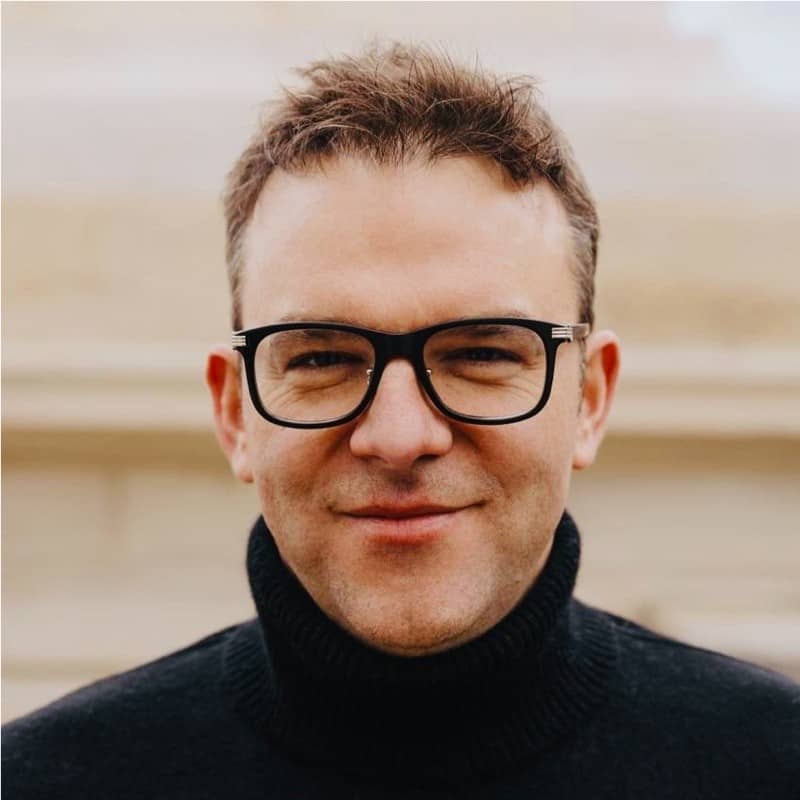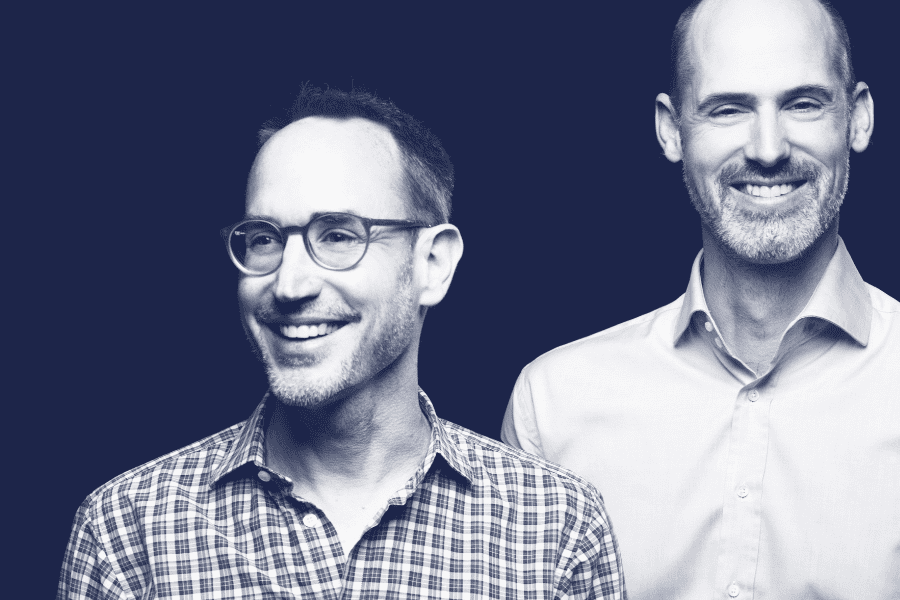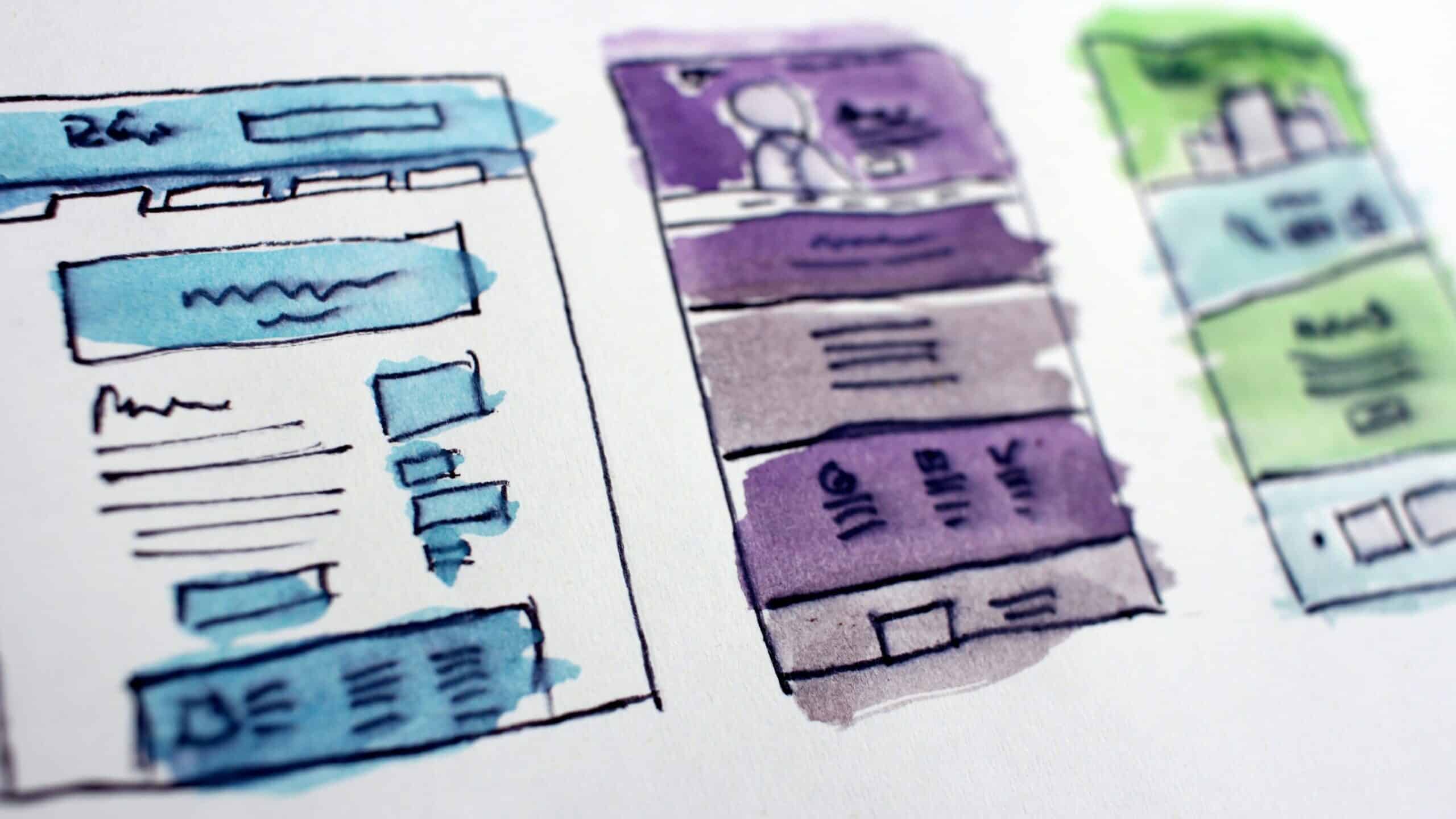After two startup failures, Reto Lämmler gave himself one final chance. This time, it was a success. In this interview, Reto recounts how he built TestingTime into the European market leader using lean startup principles and sold it to the Norwegian market research company Norstat.

Co-founder and CEO, TestingTime
In 2015 Reto Lämmler co-founded TestingTime, the European leader in test user recruiting, which was sold in October 2021 to Norstat, the leading data collector for market research services in Northern Europe.
What did you do prior to founding TestingTime?
I studied computer science and moved to Lausanne, where I worked for a software startup that tanked after the dot-com bubble burst. Then I moved to Silicon Valley and worked for a few years before starting my first startup that took off fast but also failed fast. I moved back to Switzerland and joined Doodle as the first employee. This is when I discovered my passion for UX design, I pursued a Master’s degree in human computer interaction design. After that, I launched a consumer app that quickly failed. I said to myself: “I give myself a third and last chance to build something”. I knew that there is a growing demand for UX testing, that was when the idea for TestingTime was born.
What does TestingTime do?
In the past, when companies needed to recruit test users, they had to reach out to market research agencies, and there was a lot of work involved, sending emails around with briefings etc. TestingTime automates and digitizes this process, making it simple and efficient to recruit test users tailored to the needs of the clients.
“I didn’t want to repeat the mistake of programming for months before actually generating business.”
What were the early days of the startup like?
I told myself that this time, I’d have to convince a co-founder of the idea, and I didn’t want to repeat the mistake of programming for months before actually generating business. We were three people in the beginning, and one of the founders left a while later. We started out with a basic prototype that was basically just an order form we put together over a weekend. And surprisingly, the first paid orders came in. Having just a facade to attract clients was good enough to prove the business case, and we used that momentum to start building the machine behind the facade. It helped that I knew a lot of people in the UX world from my studies.
What was the challenge at that time?
Finding investors to back the project proved incredibly difficult, even though we had already surpassed CHF 100’000 in sales. It was Benedikt Ummen from Verve Ventures who believed in us, and with his lead, we were able to close the Seed round. At that time, Benedikt told us that TestingTime will never become a unicorn, but that we could build a successful business in a niche. And he was right. Our growth was impressive but linear, it never accelerated in a hockey-stick like way. But we were right with our exit thesis, which was that at a certain point a market research company would buy us.
The company has grown to almost 30 employees by now, what was the biggest learning for you as CEO?
It is a role you have to grow into. I remarked that I cannot talk unfiltered like I did in the beginning, because all of a sudden, my voice carries weight. I like to think aloud, but as CEO, it’s better to convey clear and positive messages. Another challenge is not to fall back into execution mode, but to delegate and let people do their work. We founders have always tried to make ourselves redundant by placing people in the right positions.
And what about the relationship between you two co-founders, how has this evolved?
I would start another company with Oli anytime, but you have to ask him if he feels the same way (laughs). Frictions can arise between co-founders, but it’s important to discuss them transparently so they do not turn into a crisis, and we managed this very well. It helps to have clearly defined responsibilities, and to trust in each other.

The deep-tech VC of choice for entrepreneurial investors
Since 2010, we have invested in 180 European deep tech companies based on topical experience. With a highly skilled team of investment professionals, we back outstanding entrepreneurs driving growth in key industries. Verve is the pioneer of deep tech in Europe.
How did you go about the international expansion of TestingTime?
We had a city launcher playbook and sent someone to a new city for a few months to develop the new market. Eventually we established branch offices in Germany and the UK, but the salespeople were always satellites that were guided from our headquarters in Zurich. The alternative to this approach would have been to hire country managers that build up a strong local organization. I’m still not sure today if we chose the right approach. Germany worked well, but we were struggling in the UK for a while. We tried to enter the Netherlands, but realized that to do that in earnest we would have to have everything available in Dutch as well.
What has been the role of the board members in TestingTime’s journey?
All of our board members came via Verve Venture’s network. Mark Sandmeier, who had ample experience in growing Jobs.ch, has driven us, again and again, to go out and sell, not just randomly, but in a structured way. Twan Vollebregt, who had two exits in the past, has brought a lot of professionalism and structure to the board. And Cris Grossmann, the CEO of the very successful startup Beekeeper, was a great addition because he always questioned the status quo. Finding the right board members is a difficult and important task for a startup. The one board member we found, who was a leading industry expert, unfortunately died of a heart attack after 2 months. That was really sad and a major setback. Then the pandemic hit. Luckily we just closed a bridge round a month before the lockdown. We had to move the entire company into 6 months of short-time work. It was an extremely difficult time.
What set the M&A process in motion?
We had a serious offer from a US company on the table. The timing was unfortunate, however, as Covid halted our growth. I was reluctant, at first, but the board convinced me that the offer was solid enough to enter a formal M&A process. We held a beauty contest between 3 M&A advisors. One basically told us to come back when growth picks up. The second insisted on a recurring retainer. Jon Roberts from Menalto Advisors convinced us by saying he’ll stay on board until the exit is done. He also told me that an M&A process is 10 times more intense than the worst fundraising you ever done, and I already thought raising our Series A was hell. And he was right.
What did the process look like?
We prepared the documentation and reached out to a lot of different parties, held countless presentations. At the same time, there was this other offer on the table. It is essential to have more than just one interested party. Norstat made a good offer that included a long-term earnout. Their offer also had important soft factors that were convincing, namely, to become part of a group with a clear vision, but to be able to continue working independently. Norstat is owned by the private equity group Triton and has bought several companies in the past, including one of our competitors. In the end, their due diligence took 6 instead of the planned 3 months.
“M&A is a mind game.”
That must have been an intense time.
It was not just a lot of work, there was a lot of emotional pressure as well. M&A is a mind game. At one point, it looked like the whole thing would come apart, and I was almost relieved that we didn’t have to sell the company. Then the process picked up speed again. At the same time, we had to deliver on monthly budget targets and keep the company running. As a founder, you have to deal with so many different stakeholders like board members, shareholders, lawyers, the M&A advisor that pushes you forward every day. It feels like juggling with too many balls. In the last month before the transaction, I worked every day until late in the evening, weekends included. You have to be resilient not to break under such pressure. At one point, when it got too intense, I just had to disconnect for a few days.
What do you dream of doing in a few years? You’re too young to retire.
I’ll invest in startups, I have actually already started to do so via Verve Ventures. I like to invest in things that I understand, where I see the utility and the opportunity. I also prefer to diversify and make more but smaller investments. I’m not going to take on an operational role again, but I’d like to mentor young entrepreneurs or join a board. I am thankful for the guidance I have received from our board members and would like to give the same back. I look forward to working with people that have passion and drive.
Written by
WITH US, YOU CANCO-INVEST IN DEEP TECH STARTUPS

Verve's investor network
With annual investments of EUR 60-70 mio, we belong to the top 10% most active startup investors in Europe. We therefore get you into competitive financing rounds alongside other world-class venture capital funds.
We empower you to build your individual portfolio.
More News
05.10.2021
Looking back at our journey together with Testing Time
Our portfolio company TestingTime has been bought by the Norwegian market research company Norstat. Verve Ventures was the lead investor in TestingTime’s Seed round in 2015 and in its Series A in 2018.
01.03.2020
“Buyers don’t care about your fancy technology”
What is a typical exit? How can a founder maximize the exit value of his company? Is it good to have a strategic investor as a young startup? In this interview, Jon Roberts from the M&A boutique Menalto Advisors answers the questions a startup should ask about exits.
12.06.2019
How Jobs.ch became a CHF 400m company
Mark Sandmeier is one of Switzerland’s best-known digital entrepreneurs, tells us why he chose to become an entrepreneur again - as CEO of the influencer platform Picstars.
Startups,Innovation andVenture Capital
Sign up to receive our regular newsletter and learn about investing in technologies that are changing the world.




